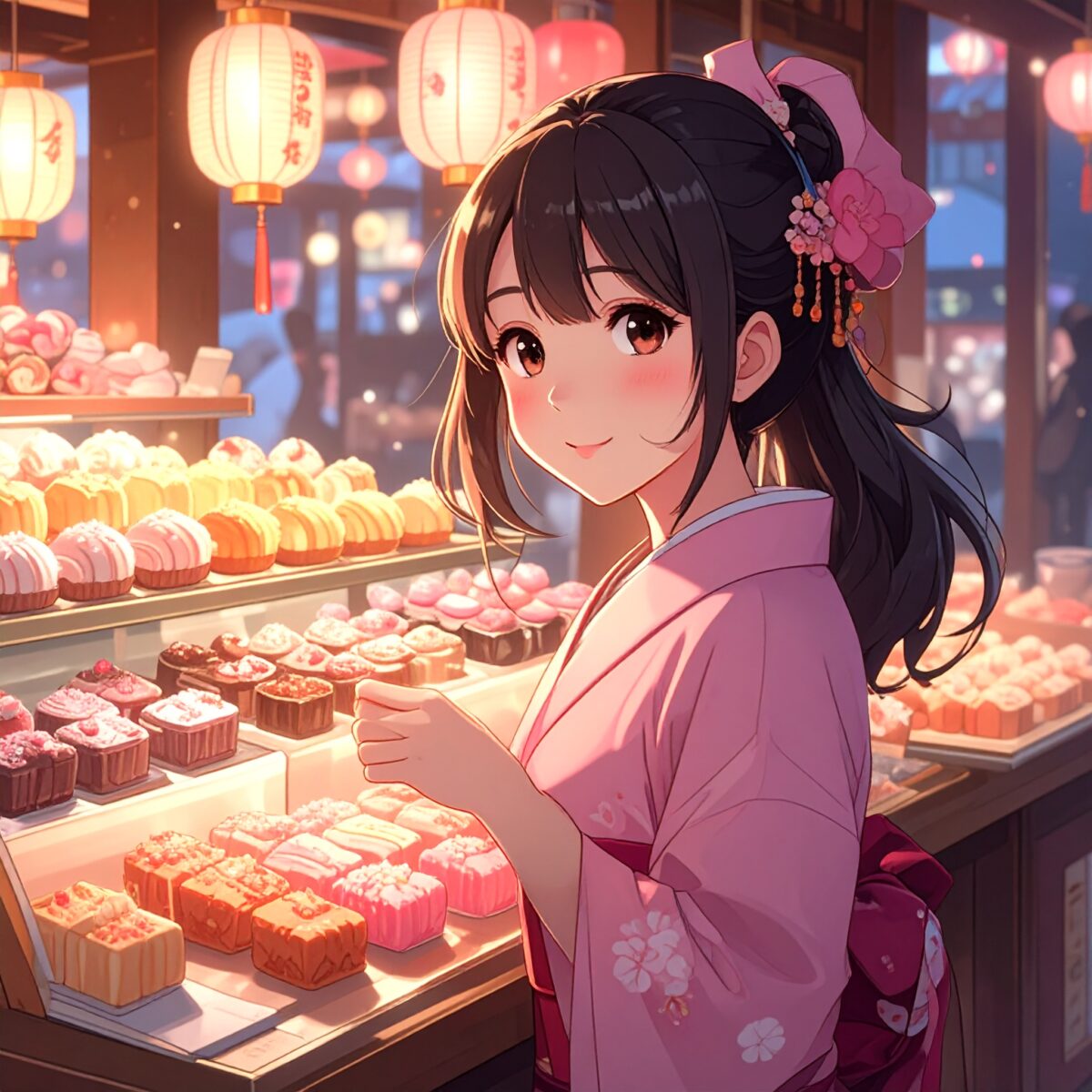In a cozy shop counter, colorfully-arranged wagashi (Japanese sweets) await: cherry-blossom-shaped treats, translucent agar-jellies reminiscent of goldfish bowls, autumnal nerikiri in shades of brown and maple. Even without knowing their names, simply gazing at them feels like visiting an art exhibit. Yet, when you learn the names and meanings behind each piece, wagashi reveal stories—governed by seasons and symbols—far beyond mere sweetness.
The “Guess the Names of Wagashi” workshop invites you not only to taste these beautiful sweets but to name them. You look, imagine names based on their form and color, then hear the real name and smile in recognition. That moment of realization becomes a gentle lesson in Japanese aesthetics, leaving a sweet, intellectual imprint on your journey.
Held at long-established wagashi shops, traditional sweet-tea parlors, or cultural centers, the experience typically features 2–5 seasonal sweets. Participants observe each wagashi in turn, intuitively guessing names, while guides offer clues—about color symbolism, seasonal associations, traditional ingredients, and the origin of Japanese terms used in wagashi.
For example: a pale pink confection with a thin green streak—could it be called “Hanagumori” (literally “flower-haze”)? This poetic word evokes a sky softly clouded during cherry blossom season. Learning its name transforms the treat from a simple color palette into a vivid seasonal scene. Moments like this shift your perspective—revealing the beauty and depth woven into wagashi culture.

Families are warmly invited to join, with children answering intuitively and adults reflecting on nuances of language—each generation bringing its own joy. At times, a child’s imaginative name will draw smiles and nods from adults, turning the event into a free space for creative expression rooted in food.
After guessing, participants enjoy the wagashi while the true names are revealed. Paired with tea, the taste deepens once the meaning behind the name is known. The seasonal imagery and poetic language resonate in the palate—a single small sweet opening the door to broader cultural reflections.
In some venues, there’s even a corner to display your custom-named wagashi alongside a decorative tag, or to create a keepsake card to take home. Seeing your own words given form makes the experience even more memorable.
This program is also popular with international travelers: many offer multilingual guides and English pamphlets explaining wagashi history and word meanings. It’s an opportunity to engage with Japan’s culture of cherishing seasonal words—and some sites even feature it as part of their international cultural exchange events.
Wagashi are more than taste—they are shape, color, material, and name: all standing together as “forms of culture.” See, think, taste, laugh—this multi-sensory, imaginative experience becomes a highlight of any journey.
The memory of a single wagashi enjoyed today may return years later alongside the feeling of the season. That’s the quiet yet powerful charm of Japanese sweets.




